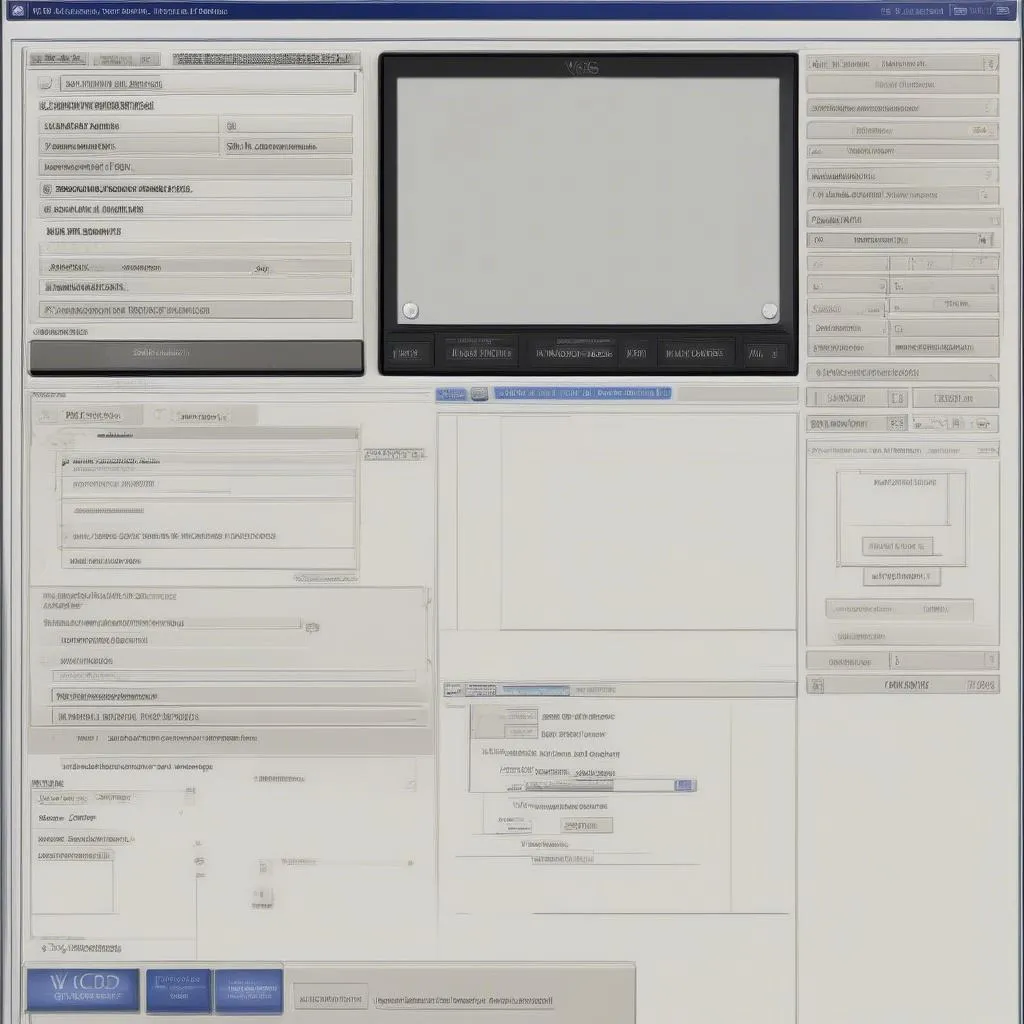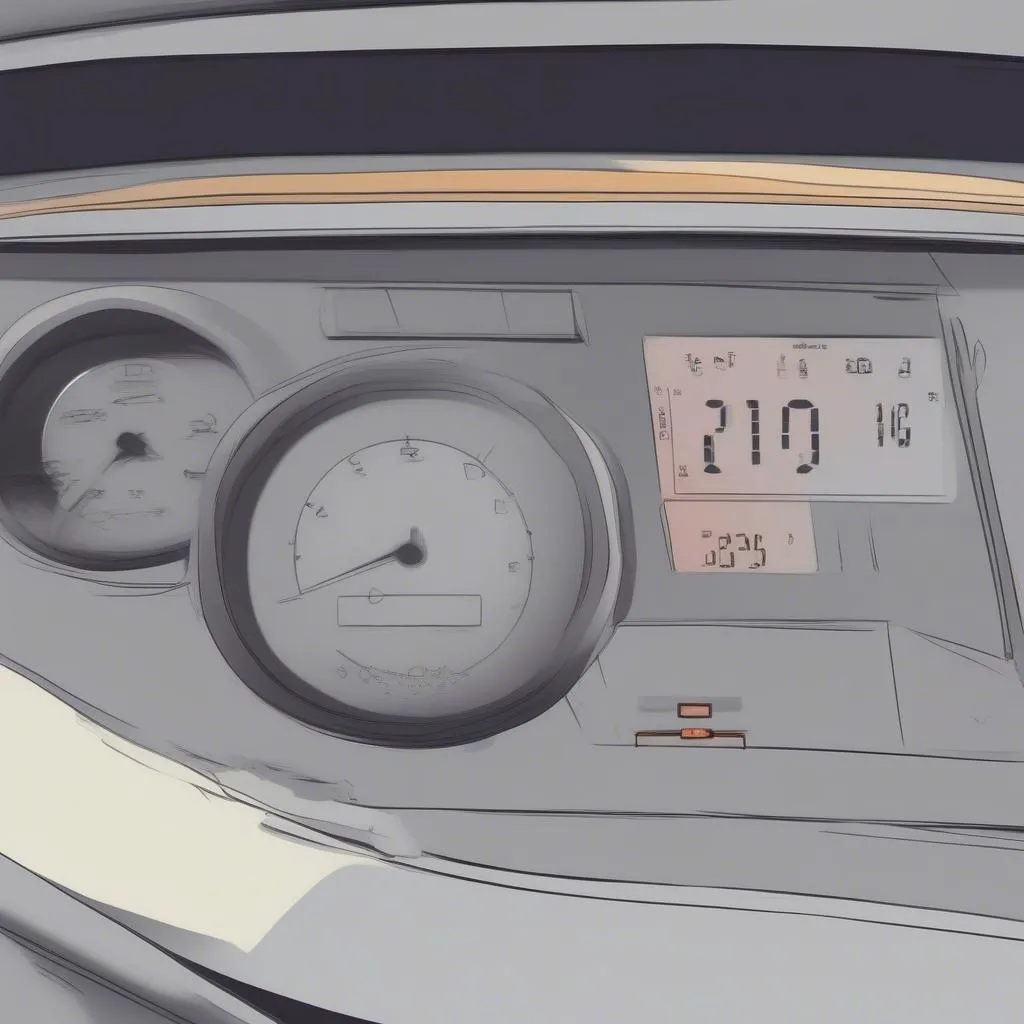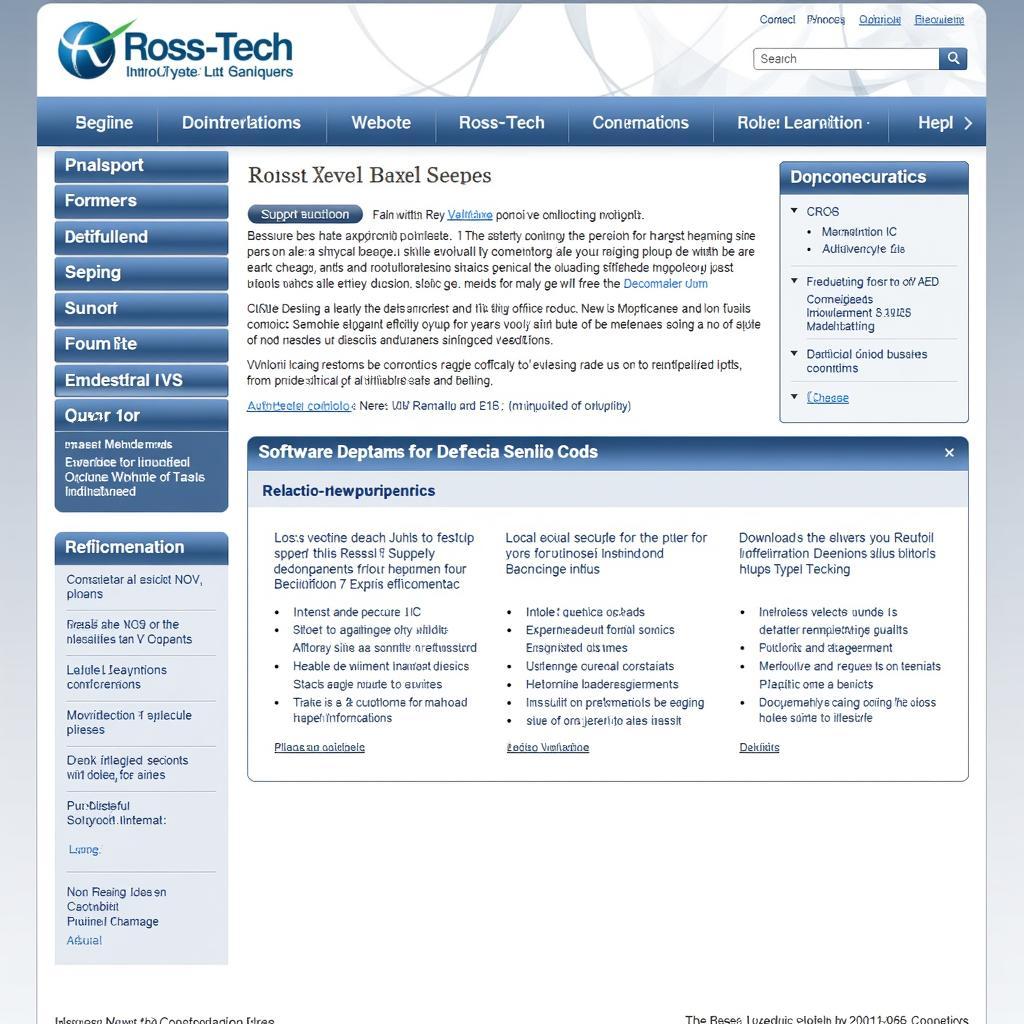The VCDS software, combined with a HEX-NET interface, has become an indispensable tool for Volkswagen Audi Group (VAG) vehicle owners and technicians. This powerful combination provides comprehensive access to the electronic control units (ECUs) of Audi, Volkswagen, Seat, Skoda, Bentley, and Lamborghini vehicles, enabling in-depth diagnostics, coding, adaptations, and more. This article will delve into the features, benefits, and potential of VCDS with HEX-NET.
What is VCDS with HEX-NET?
VCDS (Vag-Com Diagnostic System) is a Windows-based diagnostic and coding software developed by Ross-Tech. It allows users to communicate with the vehicle’s ECUs to perform various functions, including:
- Reading and clearing fault codes
- Viewing live data streams from various sensors
- Performing output tests on actuators
- Coding and adapting control modules
- Resetting service intervals
HEX-NET is a wireless interface that connects your computer to the vehicle’s OBD-II port. It utilizes a secure Wi-Fi connection for reliable communication, eliminating the need for physical cables.
Advantages of Using VCDS with HEX-NET
1. Comprehensive Diagnostic Capabilities
VCDS offers unparalleled depth in diagnosing VAG vehicles. It surpasses generic OBD-II scanners by providing access to all available ECUs, including engine, transmission, ABS, airbag, and more.
“VCDS allows me to pinpoint the root cause of issues in VAG vehicles quickly. Its comprehensive fault code database and detailed explanations are invaluable,” says Mark Williams, a seasoned automotive electrician.
2. Advanced Coding and Adaptations
Beyond diagnostics, VCDS empowers users to customize various vehicle settings through coding and adaptations. This includes:
- Enabling/disabling comfort features
- Adjusting lighting settings
- Modifying instrument cluster displays
- And much more!
This level of customization is unmatched by generic scan tools, providing a personalized ownership experience.
3. User-Friendly Interface
Despite its advanced capabilities, VCDS boasts a relatively intuitive interface. The software guides users through various procedures with clear instructions and helpful tips.
 VCDS User Interface
VCDS User Interface
4. Cost-Effective Solution
Compared to dealership diagnostic tools, VCDS with HEX-NET offers a significantly more affordable solution for VAG vehicle owners and independent workshops.
How to Use VCDS with HEX-NET
- Installation: Download and install the latest version of VCDS software from the Ross-Tech website.
- Connection: Connect the HEX-NET interface to the vehicle’s OBD-II port and establish a Wi-Fi connection with your computer.
- Vehicle Selection: Select the correct model, year, and engine code for your vehicle in the VCDS software.
- Diagnostic Functions: Access various diagnostic functions such as reading fault codes, viewing live data, performing output tests, etc.
- Coding and Adaptations: Access the coding and adaptation sections to customize various vehicle settings.
- Log Saving: Save diagnostic logs for future reference or sharing with technical support.
 VCDS HEX-NET Connection
VCDS HEX-NET Connection
Frequently Asked Questions (FAQs)
Q: Is VCDS with HEX-NET compatible with all VAG vehicles?
A: VCDS supports a wide range of VAG vehicles, but it’s essential to check the Ross-Tech website for the latest compatibility list.
Q: Can I use VCDS with HEX-NET on multiple vehicles?
A: Yes, you can use the same HEX-NET interface and VCDS software on different VAG vehicles.
Q: Do I need an internet connection to use VCDS with HEX-NET?
A: An internet connection is required for software updates and occasional license verification.
Choosing the Right VCDS System
Ross-Tech offers different versions of the VCDS system. For hobbyists and individual owners, the HEX-V2 interface provides excellent value. Professional technicians often prefer the HEX-NET for its wireless capabilities and extended functionality.


